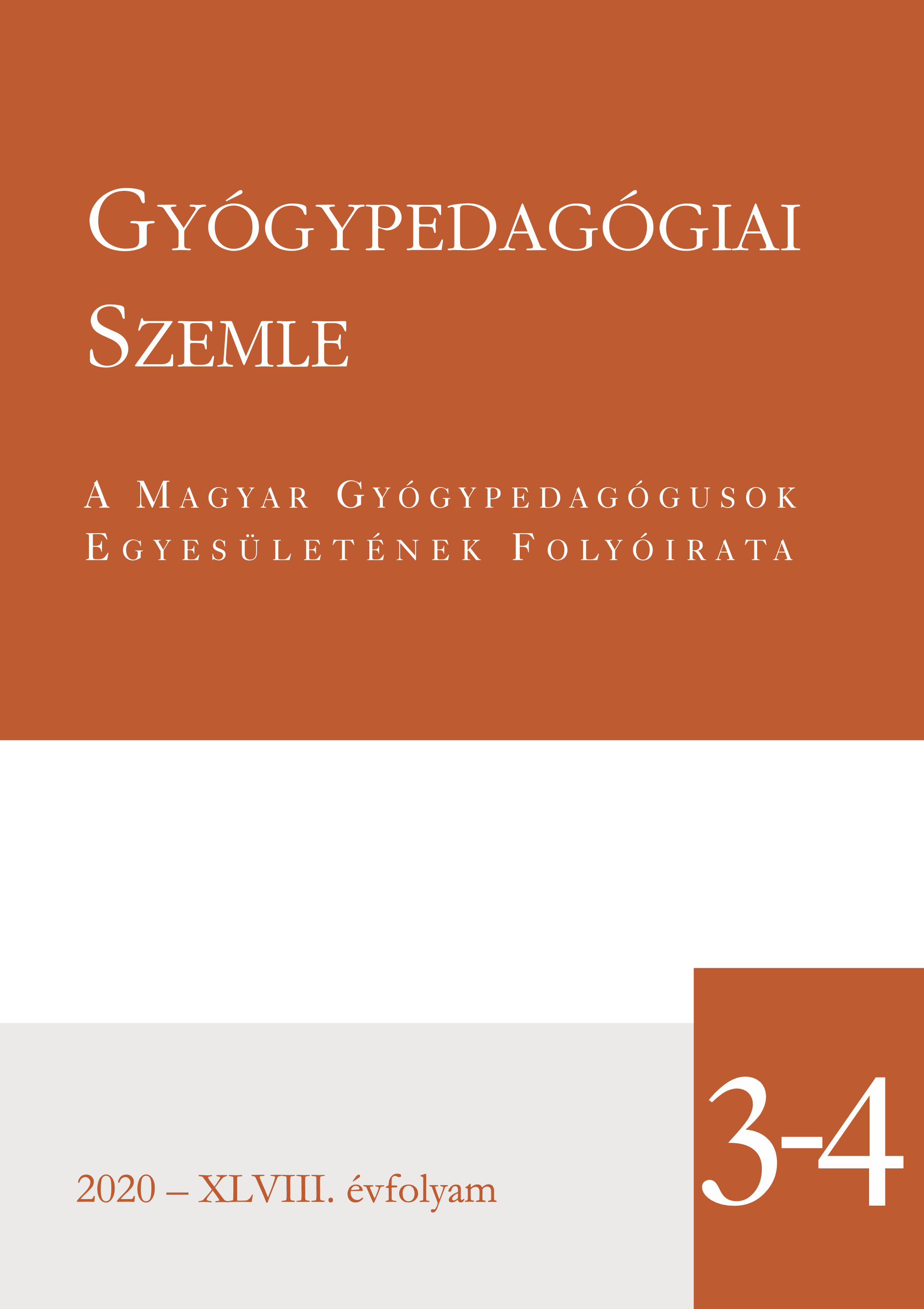Sine-wave and amplitude-modulated speech: perception, perceptual learning, and their relation to tests of language development
Keywords:
development of speech perception, sine-wave speech, vocoded speech, perceptual learning, tests of linguistic abilityAbstract
Background and aims: Studies of the perception of sine-wave speech (SWS) and amplitude-modulated (AM or vocoded) speech initially addressed fundamental questions of language processing; subsequently researchers also became interested in what these phenome na tell us about the development of speech perception. In the present study, we pursue the developmental line, and address two questi ons related to the perception of SWS and AM speech. First, is it possible to demonstrate fast perceptual learning in the percepti on of these types of speech stimuli, in children and adults? Second, how do different perceptual and cognitive abilities subserving language acquisition relate to the perception of these forms of speech?
Methods: We examined three age groups (kindergarteners, grade schoolers, and adults; 134 participants in total). Our speech perception task used approximate Hungarian translations of sentences from the Hearing in Noise Test for Children (HINT -C) for SWS and AM synthesis. Twenty four words and eight syllables were used for three-formant SWS and four-band AM synthesis; the synthetized versions were used in the experimental trials. To assess language skills, a variety of language tests developed in Hungary we re used in addition to a reverse digit span procedure from the Woodcock-Johnson test of cognitive abilities. To answer our questions, correlation- and regression-based analyses were conducted on the data.
Results: We found a substantial improvement in speech perception performance within an experimental session comprising 20 synthetized sentences (either SWS of AMS for a given subject) which we interpreted as the result of fast perceptual learning. Regarding the language tests, perception of SWS and AM speech was most strongly associated with subtests measuri ng phonological processing (phoneme differentiation; the understanding of accelerated speech), sentence repetition, and productive vocabulary. One subte st of morpheme production also appeared to be closely related to SW and AM speech perception.
Conclusions: The observed relationship between the perception of SWS and AMS on the one hand, and language subtests on the other is likely underlain by phonological processing as a common core; in addition, the association with morpheme production likely indicates a top-down, restoration effect due to grammatical processing. Based on our results we see a chance that the tasks of SWS and AMS perception can be used in developing phonological diagnostic and training procedures.
Keywords: development of speech perception, sine-wave speech, vocoded speech, perceptual learning, tests of linguistic ability

